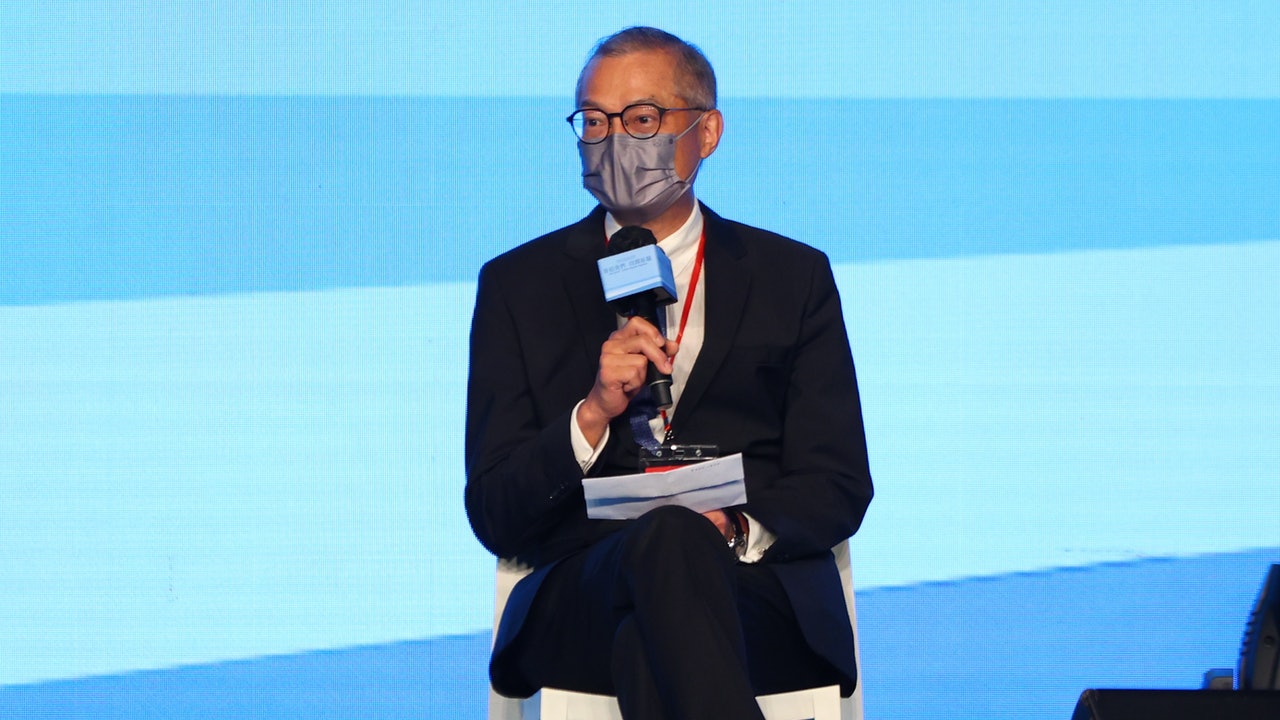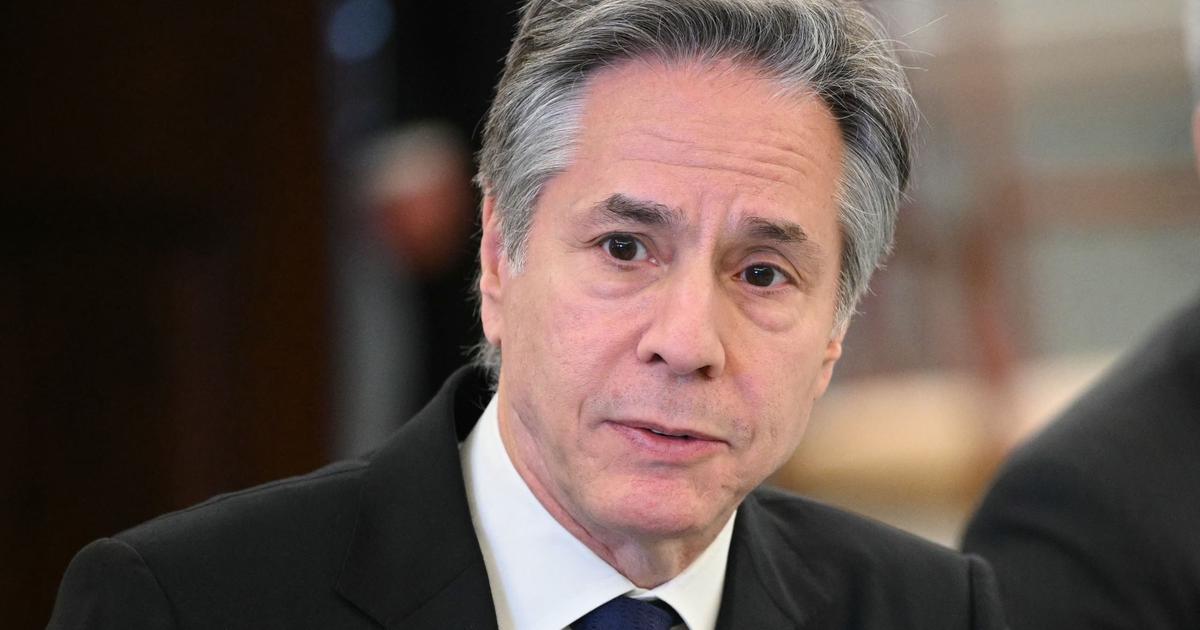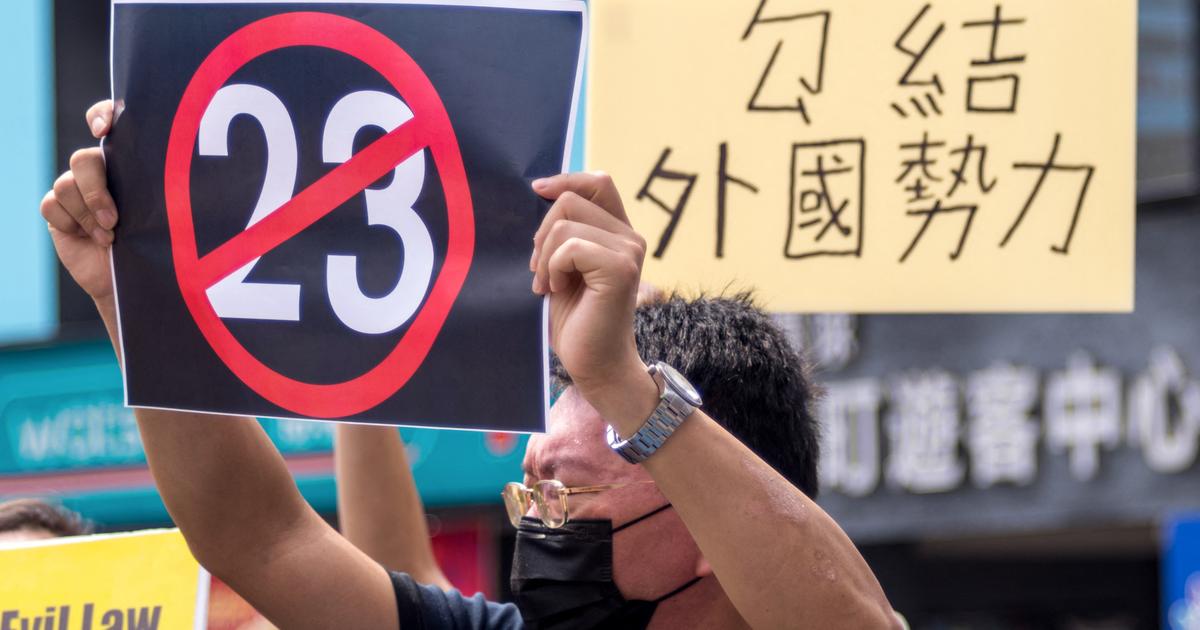The governance team of Chief Executive-designate Li Jiachao was unveiled on Sunday (19th), with Lu Chongmao, director of the Shenzhen Hospital of the University of Hong Kong, serving as the director of the restructured medical and health bureau.
During a meeting with the media, he was asked if he would tighten social distancing measures or even compulsory testing in response to the resurgence of the new crown epidemic. As long as the response should be left to cross-departmental research and data, it is not enough to ask the government to "avoid short-term pain relief" when he was outside the official circle at the beginning of the year. Long Pain" determination.
The new government will not deliver a new chapter in the fight against the epidemic in one day. It will only miss the opportunity to ease social restrictions this summer and continue to delay the implementation of more fundamental reforms of the medical system.
Lu Chongmao has practiced medicine and taught university medicine in Hong Kong for many years. He is an authority on liver transplantation. He also served as the president of the Shenzhen Hospital of the University of Hong Kong at the end of 2016, and is familiar with the medical systems of the two places.
He is a hot-headed figure, and he has made great remarks on anti-epidemic and other social affairs in the past. For example, when the epidemic peaked in March this year, he severely criticized the government for being slow to respond. "Long pain", coexisting with the virus "will only bring the sick to Huangquan".
He was appointed as an official, and he was expected to put his experience and insights into practice in official positions.
Lo Chongmao, director of the Shenzhen Hospital of the University of Hong Kong, once advocated for Hong Kong people to wait for organs from the mainland.
(File photo / Photo by Lu Yiming)
The new government will make moves when the epidemic rebounds
He met with the media on Sunday and explained that he would fulfill three major missions, namely, evidence-based anti-epidemic, optimizing local medical care and promoting medical innovation and integration in the Greater Bay Area.
There is no objection to these three missions, the key is how to implement them.
Taking the fight against the epidemic as an example, he said that "scientific, effective and accurate prevention and control measures should be used to achieve the greatest results at the least cost."
At present, the daily number of new confirmed cases of new crown has rebounded from a low of more than 200 to more than 1,000 since the beginning of this month. The Center for Health Protection also estimates that the number of confirmed cases will continue to rise. However, Lu Chongmao did not comment on the measures of the current government, and he also avoided talking about whether he participated in the handover of epidemic prevention. Arrangement, only to obtain more data for analysis, cross-departmental decision-making.
For universal testing, he believes that it involves a lot of resources and should be implemented after the epidemic has just started or is under control.
Applying his way of thinking, the past two weeks is the beginning of the epidemic, and it should be the time for large-scale testing.
If national testing does not achieve scientific and precise prevention and control, and the cost is high, what method should be used?
Perhaps he was concerned that expressing his position would provoke any speculation among the business community about adjusting social restrictions, or that he had not reached a consensus with his colleagues on the governance team, so he was cautious.
But in any case, he and the new government have to explain to the public a new chapter in the fight against the epidemic after taking office.
Letting the epidemic continue to worsen or even re-emerge, will increase medical pressure, delay the progress of people's daily life such as customs clearance, and delay the implementation of various medical and health reforms, such as primary medical care.
It is necessary to reform grass-roots medical care quickly
At the beginning of the year, the current government still said that it would issue a blueprint for primary medical care before the end of the term, but recently, Chief Executive Carrie Lam Cheng Yuet-ngor admitted that the two-and-a-half-year epidemic had disrupted the situation and failed to complete the blueprint as scheduled.
Lam Cheng Yuet-ngor and Chen Zhaoshi officiated at the ceremony of "District Health Centers - A New Milestone in Primary Health Care".
(Photo by Yu Junliang)
Primary care is very important in the entire medical system. The goal is to prevent chronic diseases, identify patients with chronic diseases early, reduce the chance of patients with chronic diseases being admitted to hospital due to complications, and reduce the pressure on the public healthcare system.
The fifth wave of the epidemic has exposed the consequences of poor primary care. Patients with chronic diseases are susceptible to infection and severe illness. In addition, community public and private clinics have not diverted hospitals, and regional health centers have not responded. All treatment pressure is accumulated in public hospitals.
In an earlier interview, Chen Zhaoshi also admitted that if the society continues to "light prevention and focus on treatment", in the face of an aging population and the prevalence of chronic diseases, no amount of hospitals and medical staff will be able to cope.
In fact, the government's delay in the development of primary medical care is not only because of the epidemic, but also because of the lack of effective use of measures.
The authorities have promoted primary healthcare as early as 2010, but in the past ten years, there has been "a lot of thunder and little rain". Although medical vouchers, public-private consultation cooperation, and district health centers have been implemented successively, the results have been limited.
Patients with chronic diseases still rely on specialist outpatient clinics in public hospitals. The elderly use medical vouchers more for consultations than for examination and prevention purposes, and abuse is not uncommon. Chinese medicine and community pharmacists have long been marginalized in primary care.
The Secretary for Food and Health, Chen Zhaoshi, explained the blueprint framework in his recent blog, and faced up to the above problems. However, the new government should take time to consider the specific proposals.
Just as the incoming Secretary for Housing, Ho Wing-yin, said that he would use all means to build a house, "it should be done in a month or two", so why shouldn't the medical reform, including primary care, "should be as early as possible"?
Lu Chongmao advocates the optimization of medical care so that the public can have good doctors, provided that the front-line medical staff and leadership can make time to participate in the reform.
After all, epidemic control is still the top priority of the Medical and Health Bureau and the entire government.
01 Forum.
Huisi Medical Innovation|Improving the medical management system and encouraging drug innovation "health and fairness" is the responsibility of the society The way to fight the epidemic is not to wait and see






/cloudfront-eu-central-1.images.arcpublishing.com/prisa/3I74UEXLYRBBRPGPSGWNN6WXH4.jpg)
/cloudfront-eu-central-1.images.arcpublishing.com/prisa/S5LLCLJ6LJB53J6JRHN5FTWCSM.jpg)